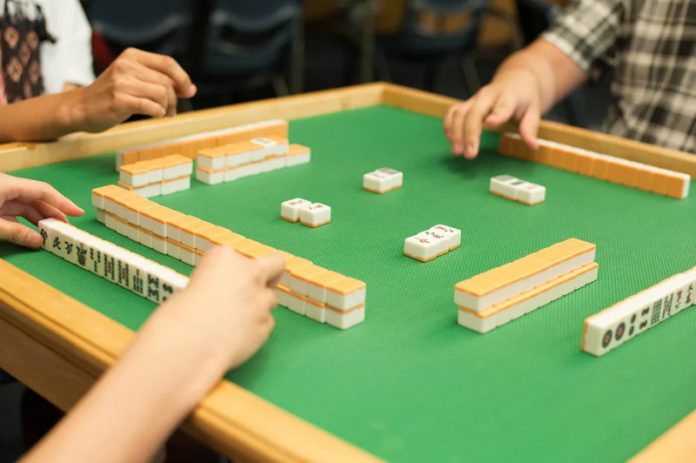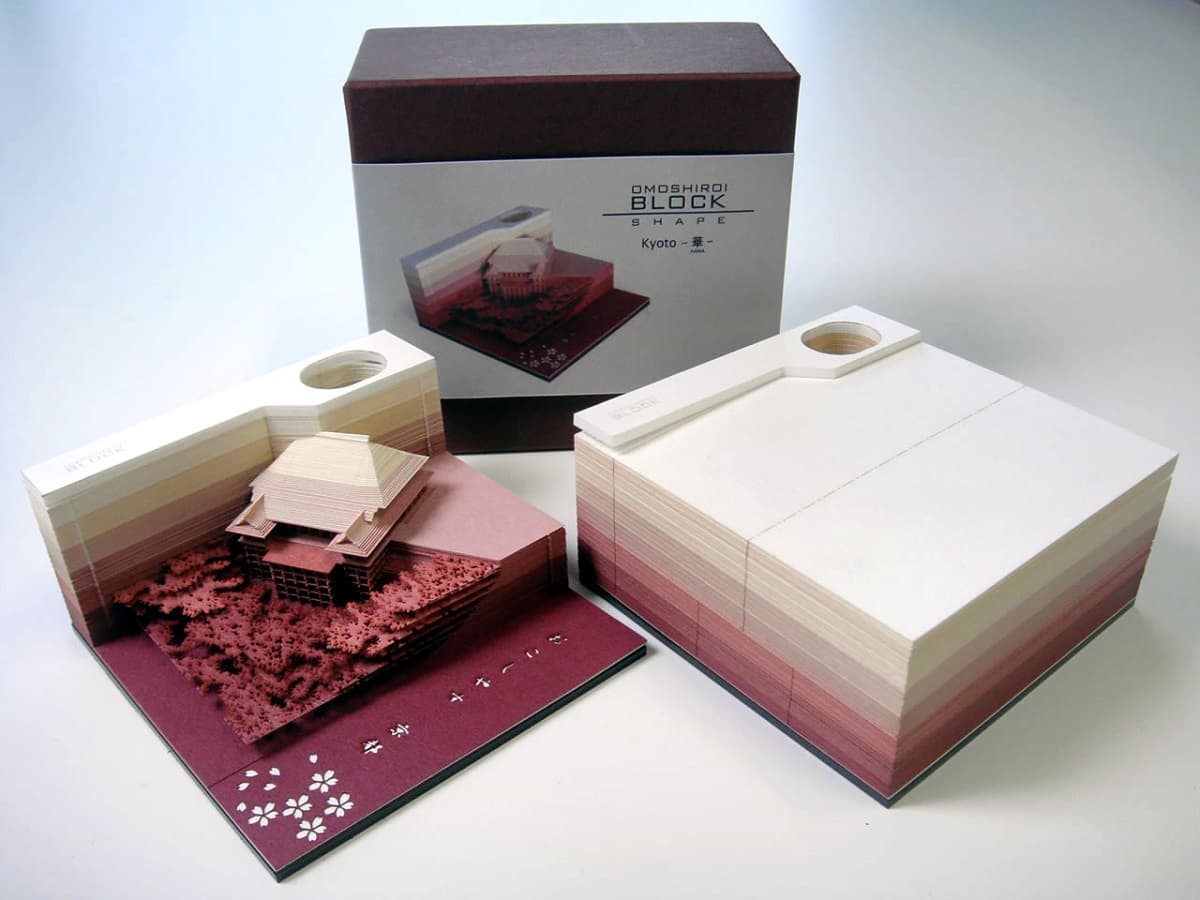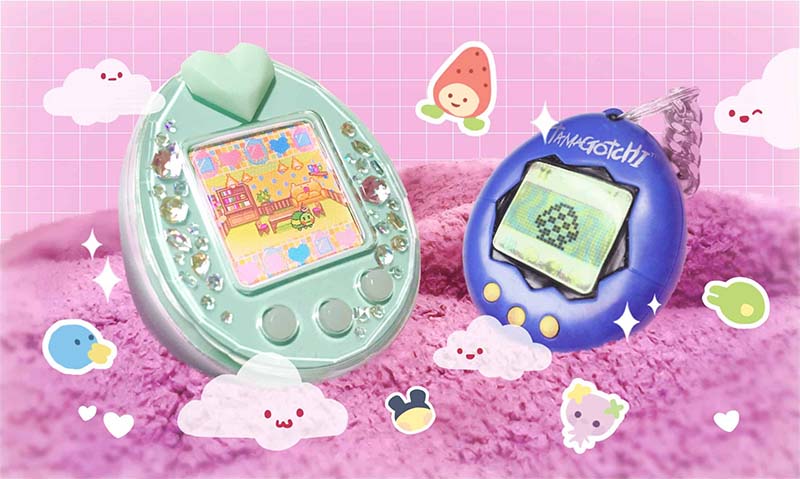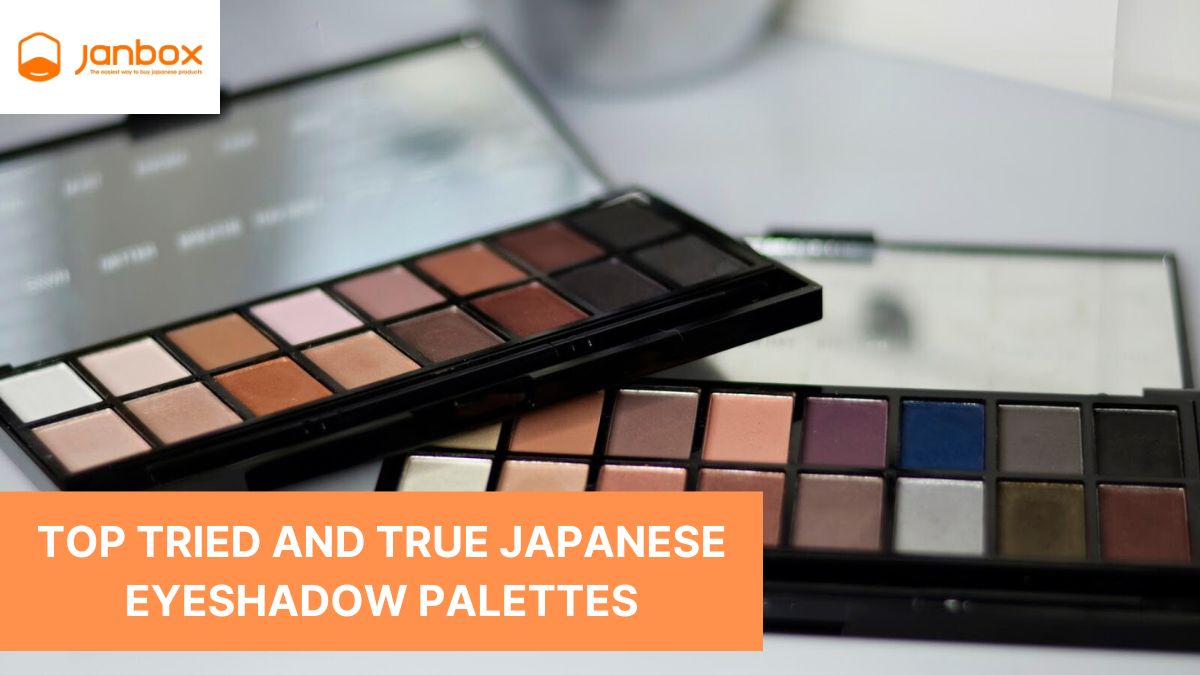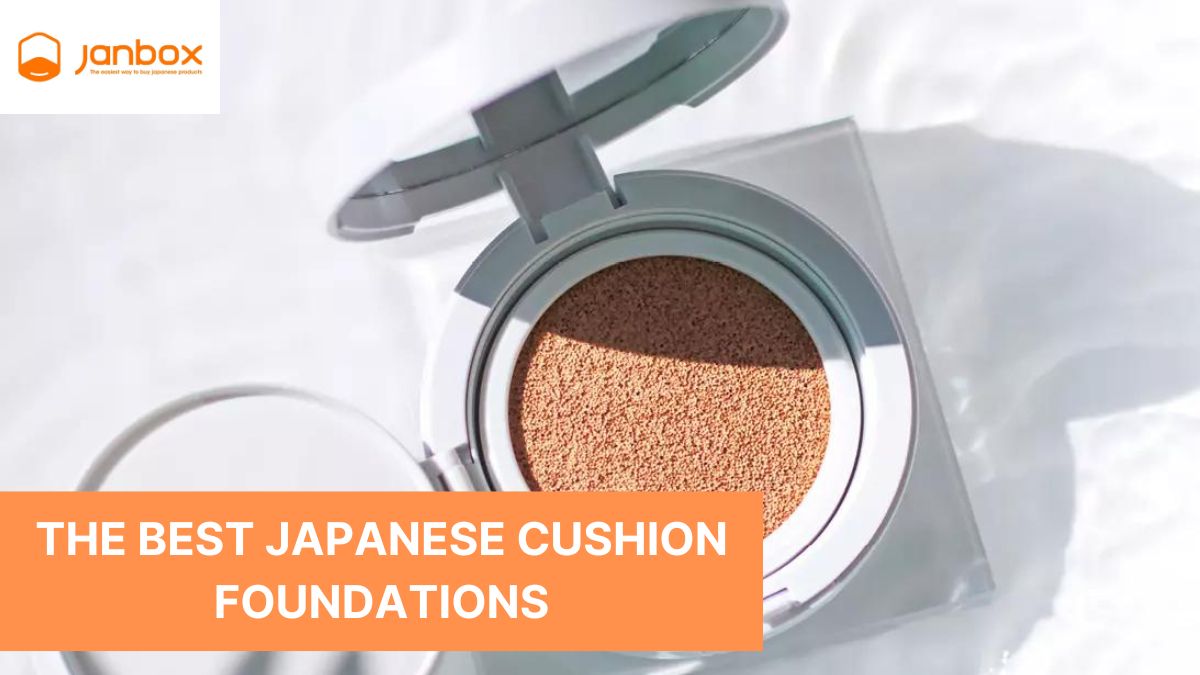One of the famous games in Japan is Mahjong, which is similar to Chinese mahjong. The difference between these two ways of playing is mainly in the form of winning. For newbies, this is still quite a difficult and challenging game. Therefore, in this article, Janbox will share specific information about Riichi mahjong for your reference right here.
I. Riichi Mahjong game history
Japanese mahjong (Japanese: 麻雀, 麻将 or マ ; mājan), also known as Mahjong riichi, is a variant of of the ancient Chinese game of mahjong. Although the basic rules of the game are retained, this variant has a unique set of rules such as riichi and the use of Dora. The variation is one of the few styles in which discarded tiles are ordered rather than stacked in a disorganized pile. This is mainly due to the rage rule, which takes into account the player’s elimination. This variation has become more popular thanks to anime, manga, and online platforms.

In 1924, a soldier named Saburo Hirayama brought the game to Japan, then it grew dramatically. This game was simplified from the Chinese version and later, additional rules were adopted to increase the complexity. In 2010, Mahjong become the most popular table game in Japan.
As of 2008, there were about 7.6 million mahjong players and about 8,900 mahjong parlors in the country. Mahjong images gradually appeared in manga and anime, which were spread widely on the Internet. There are also video game versions of the mahjong strip.
In Japan, there are so-called professional players, often members of organizations that compete in internal tournaments and external events against other professionals and the general public. There are more than 1,700 professionals spread across half a dozen organizations.

There is no organization that regulates riichi Mahjong; therefore, a league called M.League appeared, took the game, and turned it into a professional sport. The players receive salary as players and wear the national team shirt.
II. Names of tiles
Before learning Mahjong riichi rules, we need to know the name of the tiles. Japanese mahjong is usually played with 136 tiles. The tiles are mixed and then lined up into four walls, each two stacks high and 17 tiles wide. 26 of the stacks are used to build the player’s starting hand, 7 rating points are used to form the death wall, and the remaining 35 rating points form the play wall.
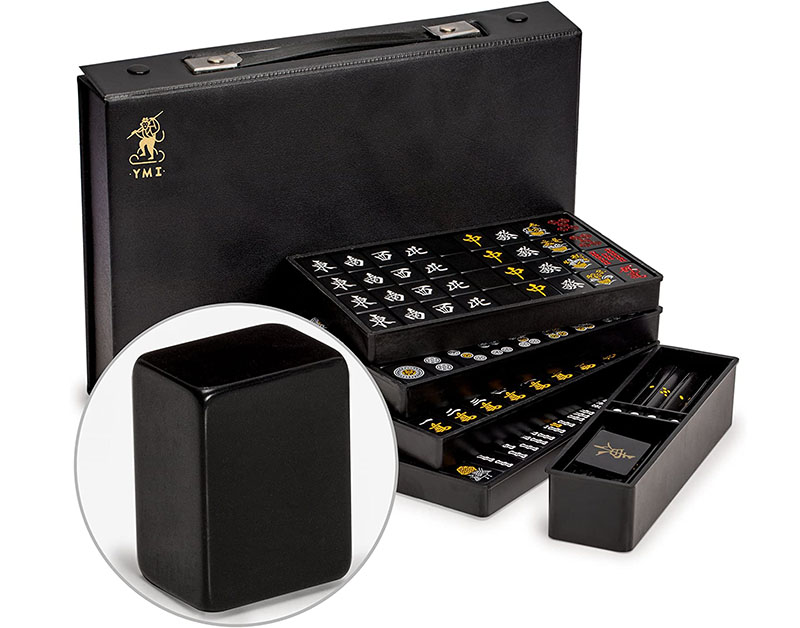
Link to order products from Japan:
There are 34 different types of tiles, with four of each type. Just like standard Mahjong, there are three “suits”, the tile, pin (circle), sō (bamboo), and wan (character), and the unranked honor tile (字 牌jihai). Honor brick is further subdivided between wind brick and dragon brick. Some rules may have a red five-tile that works as Dora earns more than value. The flower and season tiles are omitted. The names for the matching boxes follow the pattern [number] + [clothes], the numbers are the Japanese pronunciations of the corresponding Chinese words.
- Pin (筒子, pinzu): Named as each tile consists of a number of circles.

- Sō (索子, sōzu): Sõ is the number 3 substance in Mahjong. They have the form of sticks, how many sticks correspond to that number, except for the 1 sõ piece that has the shape of a bird. The 8 sõ has the form of 2 M letters, each M has 4 strokes, a total of 8 sticks.

- Man (萬子, wanzu, or manzu): These tiles have a red character below and numbers written in kanji on top. A set of Mahjong has 3 suits with numbers from 1 to 9, and Man is the name of 1 of those 3 suits. The modern Japanese standard uses wan as the suit’s suffix, most western languages including English will use man instead. The seven in this suit would thus be called chiiwan in Japanese, but seven-man (or 7-man) in English.

- Wind tiles (風牌, kazehai): Named after the four cardinal directions, which are 東 for East, 南 for South, 西 for West, 北 for the north.

- Dragon tiles (三元牌, sangenpai): Along with the Wind tiles, the Dragon tiles are a special type of piece that doesn’t have a second number. You can call the three Dragons in the picture respectively white dragon, green dragon, and red dragon based on the color on the card, although this calling is not very common but completely acceptable. Riichi Mahjong can also be played with one five from each suit being replaced with a red five tile.

>>> Read more: 10+ most popular Japanese board games from the Janbox list
III. Japanese Mahjong rules
Each game of Japanese Mahjong will have a total of up to 4 people participating together. Here you need to conquer and win before the remaining players. At this point, you will need to bet on the table a certain amount. Depending on the rules of each game room you join. There are no specific numbers for your reference.
Then each player is dealt 13 different tiles. And each player has a turn to draw 1 more tile. Of course, when picking up, you need to hit a Mahjong piece. Or take the tiles that other people have discarded from the table, for example. As long as it is suitable for the combination that you are holding. Because the maximum goal in playing riichi mahjong today is to complete the basic set of mahjong.
Whoever collects all the matching Mahjong pieces according to the original rules will be the winner. But if no one wins, now consider the difference of each tile and get the yaku. It is understood that it is enough to have a victory for you.
1. Yaku and yakuman
Yaku are the conditions of the game that if you complete it, you will get extra points, and this number will depend on each yaku. You also need to have at least 1 Yaku (along with completing a 4-pack of 1 pair, with 2 exceptions) to be eligible to win. The value of yaku is calculated in han. Yakuman is a value for limited hands that are hard to get, and in some variations cumulative and/or multiple yakuman can be counted.
Calling for another player’s removal to perform the meld causes the meld and the hand to open. When a winning cell of a closed hand is a discard, the hand including the discard is considered open, while that hand is still considered closed. If a hand is closed, the situation is called “menzenchin (門前)” or “menzen (門前)” in Japanese.
Finally, when it comes to scoring, the total number of han on the hand counts. When the value of han is less than or equal to four, fu is also counted. The combination of the han value and the fu value corresponds to a scoreboard.
2. Riichi
Riichi is a yaku in Japanese Mahjong. When the card is closed (have not called any cards from opponents) and Tenpai (only 1 more card is needed to complete the card), the player has the right to perform the yaku Riichi! To Riichi, the player needs to place a 1000-point stick on the board, declaring very clearly: “Riichi!” and place the next card on the same level. From then on the player must take away every piece he draws if he doesn’t win with that piece (with the exception of Kan). The value of the yaku Riichi is 1 han. The declaration increases the yaku count allowing the player to score extra points.
3. Dora
Although it takes a yaku to win, in reality, if you only rely on yaku, it will be difficult to score many points. Bonus cards, or Dora, are a valuable source of points that you need to pay close attention to in Japanese Mahjong matches.

Dora will be determined by the dora indicator, based on the general rule: Dora is the next piece of the same suit compared to the dora indicator. for example, if only dora score is 5 man, then dora is 6 man. If the dora point is a 9 then dora is a 1 of the same suit. For example, if only dora point is 9 pin, then dora is 1 pin.
If the dora indicator is the wind piece, then the dora is the next wind piece, in the order: East – South – West – North – East. For example, if the dora point is East, then dora is South.
If the indicator dora is a dragon, then dora is the next dragon, in order: Haku (white) – Hatsu (blue) – Chun (red) – Haku. For example, if only dora is Hatsu, then dora is Chun.
For every 1 dora in the card, you get 1 more han, the more dora you have, the more han you have. For example, if you only have yaku tanyao but have a set of 3 dora, the value of your hand goes up to 4 han.
Red 5 tiles: A variation uses specially marked red number 5 tiles that also count as dora themselves, regardless of dora indicators. In addition, if a dora indicator is number 4 of the same suit as red 5 tiles, players acquire further han value. One red 5 tile for each suit is usually used in place of regular five tiles, with some local variants using various amounts (two 5-pin only, two 5-pin and one 5-sō and 5-wan, two of each 5 in all three suits, et cetera). In some variations, tiles of other numbers such as 3 or 7 can be marked red.
4. Riichi Mahjong scoring
The rules were organized in the Taishō to Shōwa period as the game became popular. Structural criteria and bonuses are used for the riichi Mahjong scoring system.

There are two criteria for calculating the winning score: han and fu, which correspond to a scoreboard. The han is a unit of measure for the value of yaku, which are specific forms or conditions of a hand. Melds, waiting, and going out are counted for Fu, as you can see in this table here.
>>> Read more: How to play Shogi? Gameplay, Rules, and Strategies
5. Winning
There is a distinction between winning from the wall and winning from a discard. When going out, players call out “tsumo” (自摸 or ツモ, self-drawn) or “ron” (栄 or ロン, picking up a discard). In the case of tsumo, the other three players share the responsibility of paying out points, according to the scoring table. For ron, the player who discarded the tile pays all of the points.
6. Arranged discards
With the Mahjong riichi, tiles are neatly placed in order of discard in front of each player. In turn, each player accumulates a discard pile, with each hand. Typically, discards are placed in rows of 6 tiles as per customary rule. In addition, open calls for chii, pon, and kan have to discard specific rules, by which they must indicate the source and type of discarded tile. This way, a record is maintained for all discarded tiles corresponding to each player. Likewise, the Riichi Mahjong strategy depends on the state of the discards and the players’ hands.
7. Sacred discard
- In the sacred discard rules, which are also called furiten (振聴 or フリテン), there are three situations in which a win using another player’s discard is forbidden.
- A player cannot win on any discard if any of their potential winning tiles are present in their discard pile.
- If a winning tile is discarded and the player does not call it to win, that player cannot win on any discard after it until their next turn. This is known as “temporary furiten”. This applies even if that winning tile could not have been called for the win due to the resulting hand having no yaku. Generally, other players making open melds does not end temporary furiten.
- Temporary furiten is permanent after riichi – If a player passes on a winning discard after declaring riichi, that player can no longer win on any discard.
8. Abortive draws
In Japanese Mahjong, many rules allow abortive draws to be declared while tiles are still available. They can be declared under the following conditions:
- Kyūshu kyūhai (九種九牌)
- Four winds’ barrier (四風子連打, Sūfontsu rendā)
- Sūcha riichi (四家立直)
- Four quads abort (四槓散了, Sūkan sanra)
9. Chombo
Players may be penalized under the following circumstances:
- Gotsumo. Calling tsumo with an invalid hand
- Furiten ron. Calling ron while furiten
- Noten riichi. Calling riichi while not in tenpai
- Machi ga kawaru riichi-go no kan (待ちが変わるリーチ後のカン) Closed kan after riichi if the kan changes the player’s waits
- Tāhai (多牌). Having more tiles than allowed (depending on the rules)
- Yamakuzure (山崩れ). Literally ‘landslide’. Damaging the wall to the point that it cannot be recovered
10. Ending the game
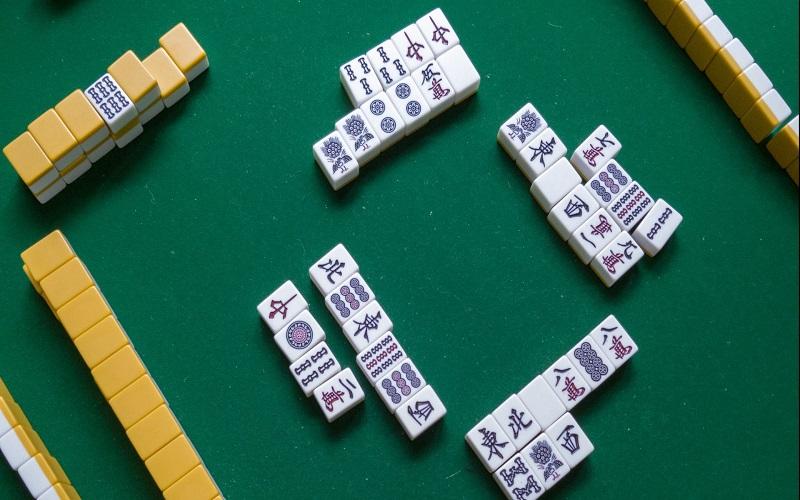
A game usually ends under one of two conditions:
- The final round of the South (or, optionally, only the East) takes place. One of the players below 0 points
- A fairly common but not mandatory rule is that if no player is over 30,000 points in the South end, the game continues to the West round, and so on until any player gets over 30,000.
It is worth noting that the conditions for ending the game will depend on the exact rules played. Example: The EMA Tournament rules would allow players to continue with a negative score and the game to end at the end of the Men’s round regardless of the score situation.
11. Riichi Mahjong strategies
Understand riichi Mahjong rules: Because the way to play Japanese Mahjong is quite new, many people feel quite strange when experiencing it. Therefore, the most important thing is that you need to master all the rules of Japanese Mahjong.
Only when you understand the entire basic gameplay can you hope to win for yourself and avoid some unnecessary mistakes. Always use the riichi Mahjong strategy rationally when participating in Japanese Mahjong games.
Know how to manage your capital correctly: This is a Japanese Mahjong trick that every player should keep in mind. To properly apply each betting round in the Mahjong game. It is better that you go to Japanese Mahjong rooms within your ability. And do not put too much money into a single game. Try to spread it out evenly in each turn. But this also depends on the purpose of the riichi Mahjong player.
Do not be subjective in any case: As you all know, the way to play Japanese Mahjong always has many unexpected changes. There can be all kinds of changes that we cannot predict what will come. Therefore, it is difficult to say that victory is firmly in hand.
That’s why you need to be careful with your every move. Make sure to take into account the possibilities that come up. And how to solve difficulties against formidable opponents. This is the method that makes it easy for you to create an advantage each time you draw more tiles.
>>> Read more: Buy Games From Japan | Import The Desired Ones!
IV. Conclusion

Above we have shared for you to learn about Japanese Mahjong, its rules, and some riichi Mahjong guides as well. Since this game has a lot of complicated rules, you need regular practice and more research to have the best fighting tactics. For the convenience of practice, order now a set of Mahjong sets at Janbox’s website. We’ll help you buy the best game set and get it shipped to you as quickly as possible. Hopefully, through this article, you will be able to apply an effective riichi Mahjong strategy to bring you more unexpected wins.
- Website: https://janbox.com
- Email: [email protected]
- Facebook: https://www.facebook.com/janbox.com.en

